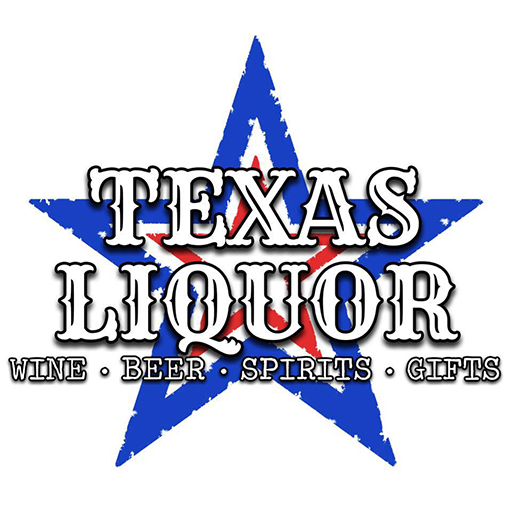Learn About
WHISKEY
The world of whiskey is experiencing a resurgence. Each week we visit with customers who want to better understand it, and since it’s one of our favorite elixirs, we’re happy to advise.
Below is a quick reference guide to help you explore the different types of whiskey.
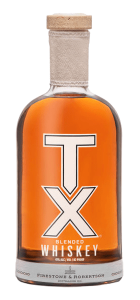
Whiskey: The liquid result of germinated grains that are fermented using a yeast that produces alcohol and is then distilled and aged.
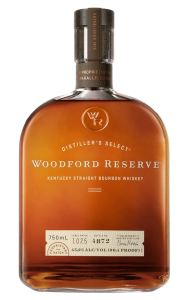
Bourbon: Whiskey produced in the United States with a minimum of 51% corn, the remaining 49% can be a mixture of more corn, rye, wheat, rice and/or malted barley. Must be aged in new *charred, oak barrels. Distilled to no more than 160 proof and barreled at 125 proof or less. Must be bottled at no less than 80 proof using only purified water to dilute.
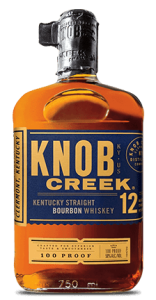
Straight Bourbon Whiskey: Meeting all above bourbon requirements, a straight bourbon whiskey must be aged a minimum of 2 years.
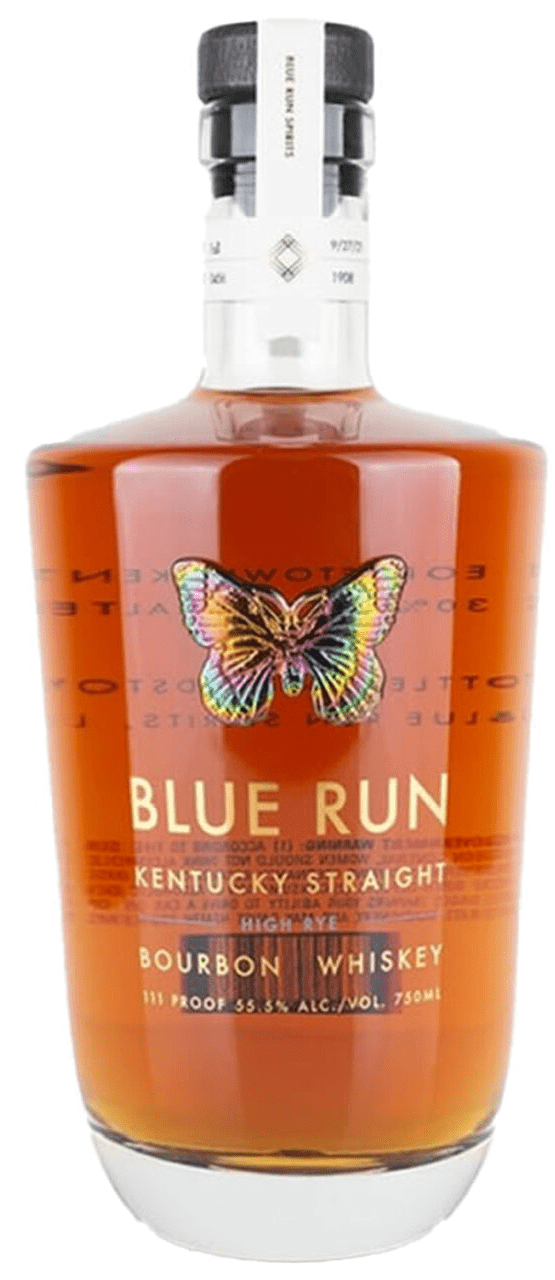
High Rye Bourbon: Meeting all bourbon requirements, having a high (above 20%) % of rye in the remaining 49% of the grain bill.
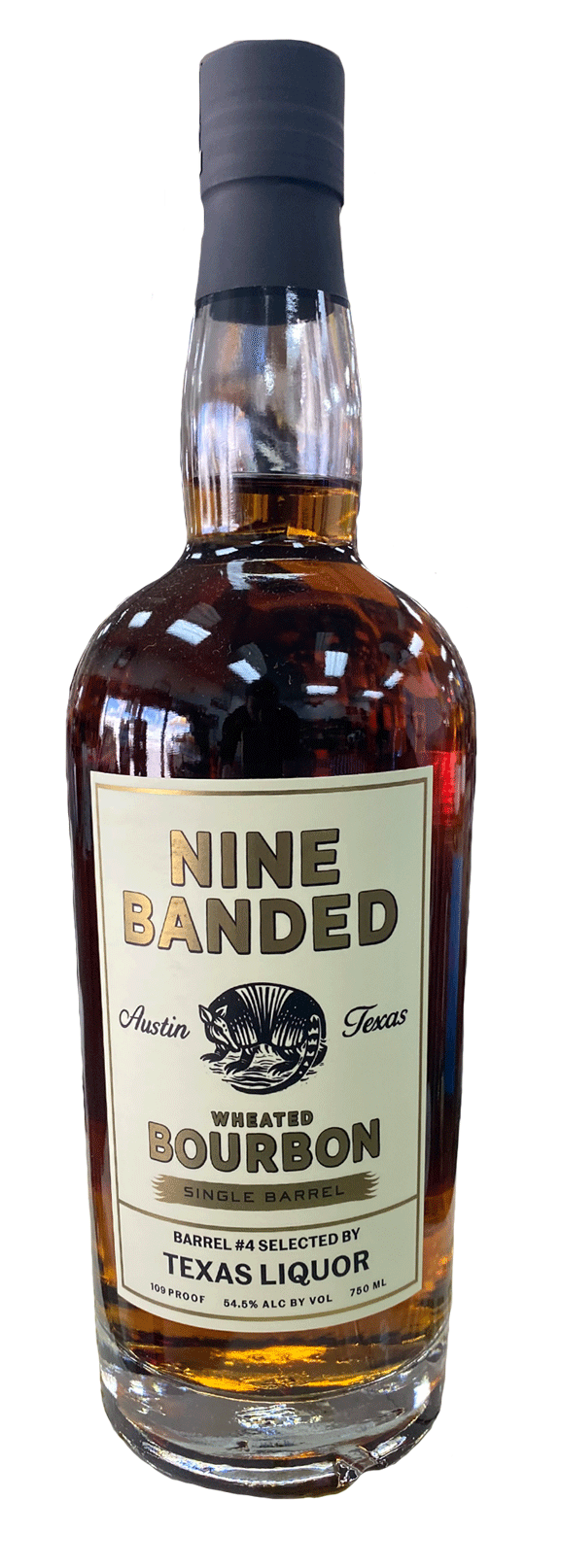 Wheated Bourbon: Meeting all bourbon requirements, having a high level of wheat in the remaining 49% of the grain bill. Typically, the wheat will replace rye in a recipe, creating a corn, wheat and malted barley grain bill.
Wheated Bourbon: Meeting all bourbon requirements, having a high level of wheat in the remaining 49% of the grain bill. Typically, the wheat will replace rye in a recipe, creating a corn, wheat and malted barley grain bill.
Single Malt Whiskey: Whiskey produced at a single distillery using only malted barley. The final product may be a blend of multiple barrels of the same grain bill.
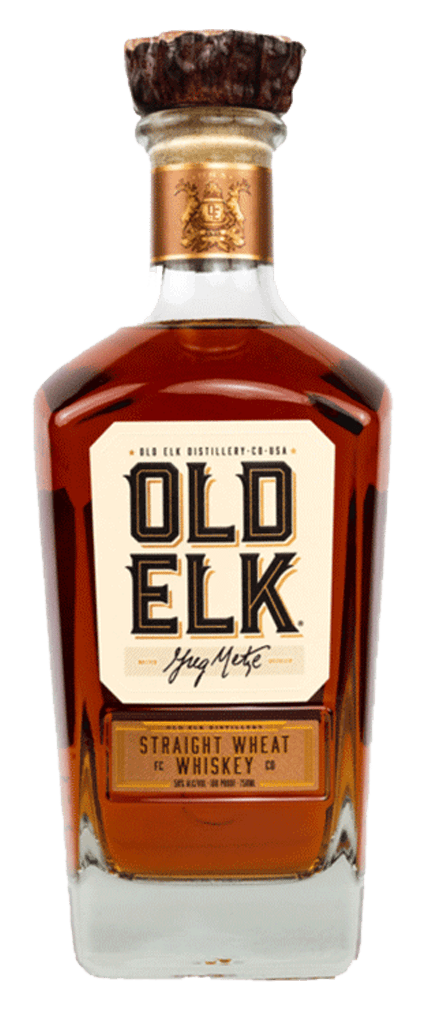 Wheated Whiskey: Whiskey made with a minimum of 51% wheat. Products can be labeled as “straight” if aged in new, charred oak barrels for a minimum of 2 years.
Wheated Whiskey: Whiskey made with a minimum of 51% wheat. Products can be labeled as “straight” if aged in new, charred oak barrels for a minimum of 2 years.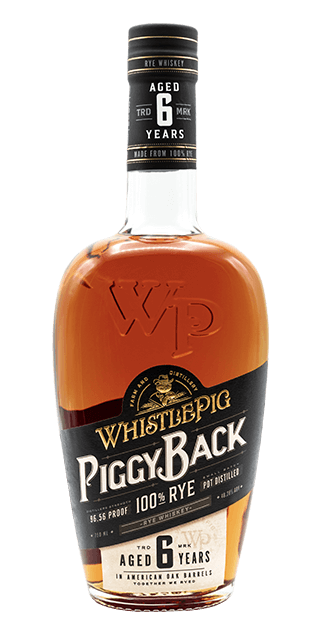 Rye Whiskey: Whiskey with a grain bill made up of at least 51% Rye, remaining 49% are usually comprised of additional rye, corn and/or malted barley. Products can be labeled as “straight” if aged in new, charred oak barrels for a minimum of 2 years.
Rye Whiskey: Whiskey with a grain bill made up of at least 51% Rye, remaining 49% are usually comprised of additional rye, corn and/or malted barley. Products can be labeled as “straight” if aged in new, charred oak barrels for a minimum of 2 years.
Corn Whiskey: Whiskey distilled using a minimum of 80% corn. Products can be labeled as “straight” if aged in new, charred oak barrels for a minimum of 2 years.
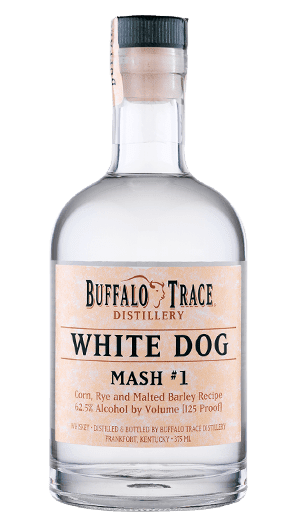 White Dog: Name given to whiskey after distillation and prior to aging.
White Dog: Name given to whiskey after distillation and prior to aging.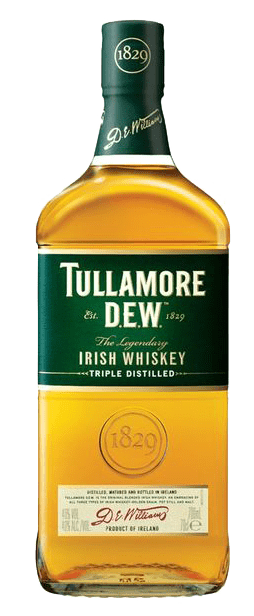
American/Canadian/Irish/Scottish/Japanese Whiskey: Not bourbon! Made within their defined boundaries. Having characteristics all their own, the world of whiskey has become as regional as the people.
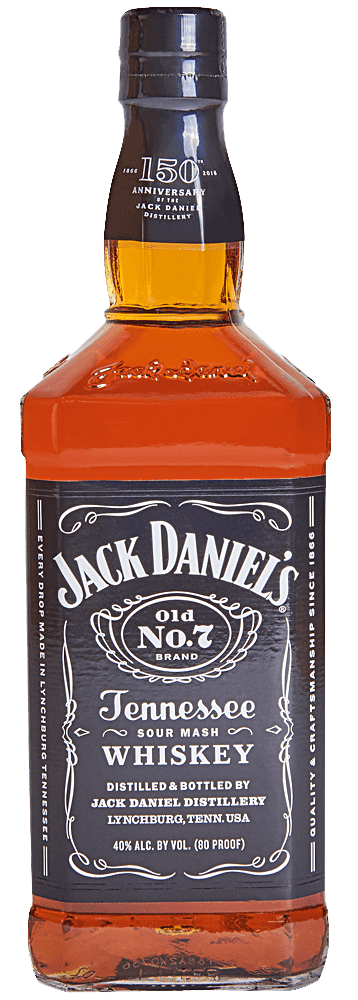 Blended Whiskey: Blending is the marrying of multiple barrels to arrive at a consistent flavor profile. If blending aged-whiskies, the bottle will state the youngest of the blend.
Blended Whiskey: Blending is the marrying of multiple barrels to arrive at a consistent flavor profile. If blending aged-whiskies, the bottle will state the youngest of the blend.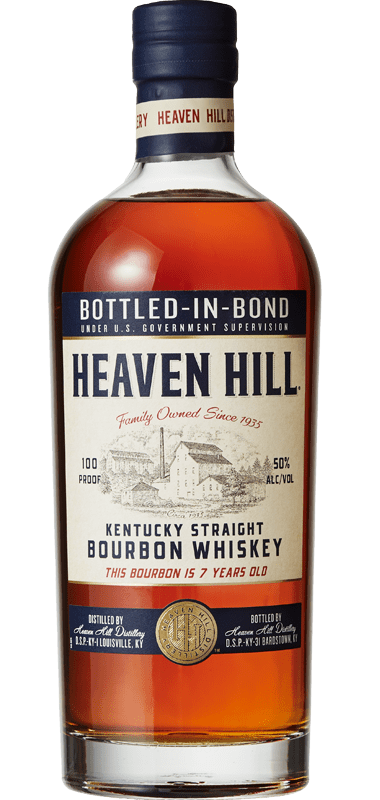
Bottled-in-Bond: A label establishing compliance with the Bottled-in-Bond Act of 1897. The Act was the first quality standard for bourbon and outlined the requirements to bear the label bottled-in-bond; the liquor must be a product of one distillation season and by one distillery. Must be aged in a Federally Bonded warehouse under US Government supervision for a minimum of 4 years and bottled at 100 proof. The bottles label must identify the distillery where the product was distilled and, if different, where it was bottled.
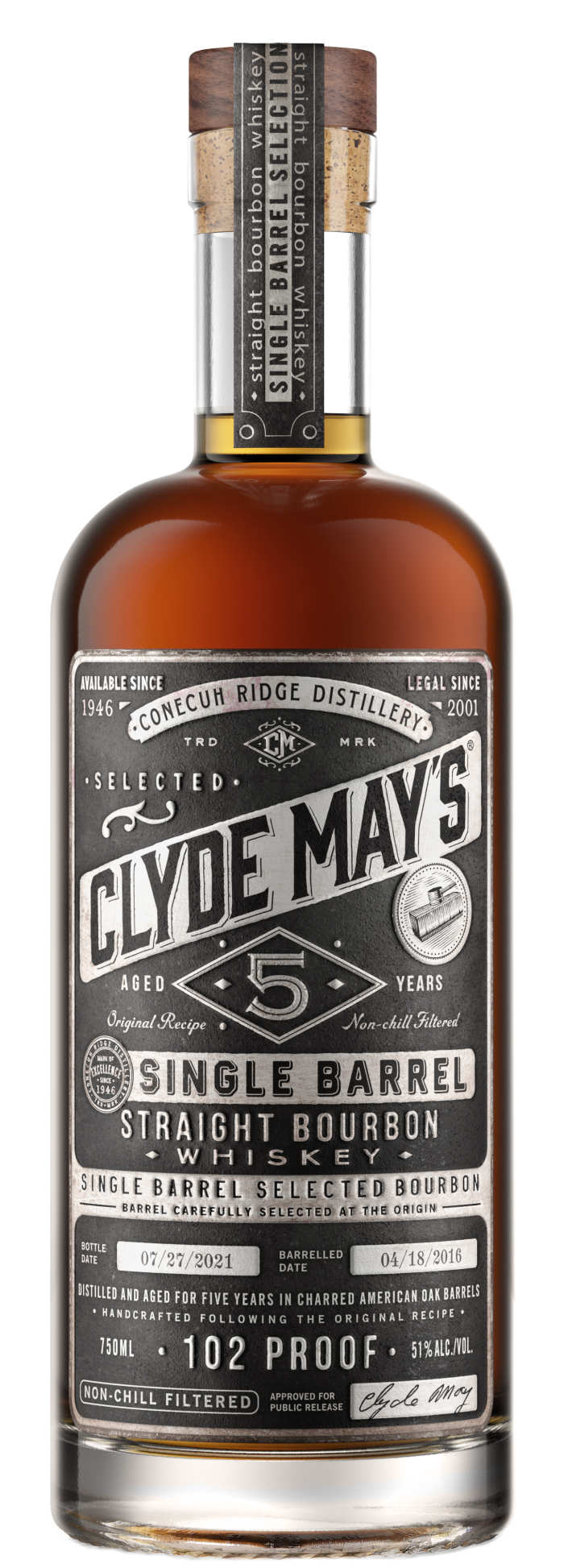 Single Barrel Whiskey: A premium class of whiskey where each bottle comes from an individual aging barrel, instead of a blend of multiple barrels. Single barrel products tend to be unique and the characteristics can vary from one barrel to the next.
Single Barrel Whiskey: A premium class of whiskey where each bottle comes from an individual aging barrel, instead of a blend of multiple barrels. Single barrel products tend to be unique and the characteristics can vary from one barrel to the next.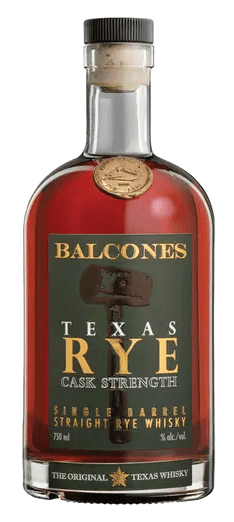
Cask Strength Whiskey: Whiskey that has not been cut with purified water for purposes of lower proof or to increase the available volume for bottling. Leaving the alcohol percentage at the original barrel proof, many connoisseurs believe it provides a fuller, more intense and complex whiskey.
Victoria
4109 Houston Hwy Suite 100A
Victoria, TX 77901
5803 John Stockbauer Dr
Suite S, Victoria, TX 77904
Contact Us
